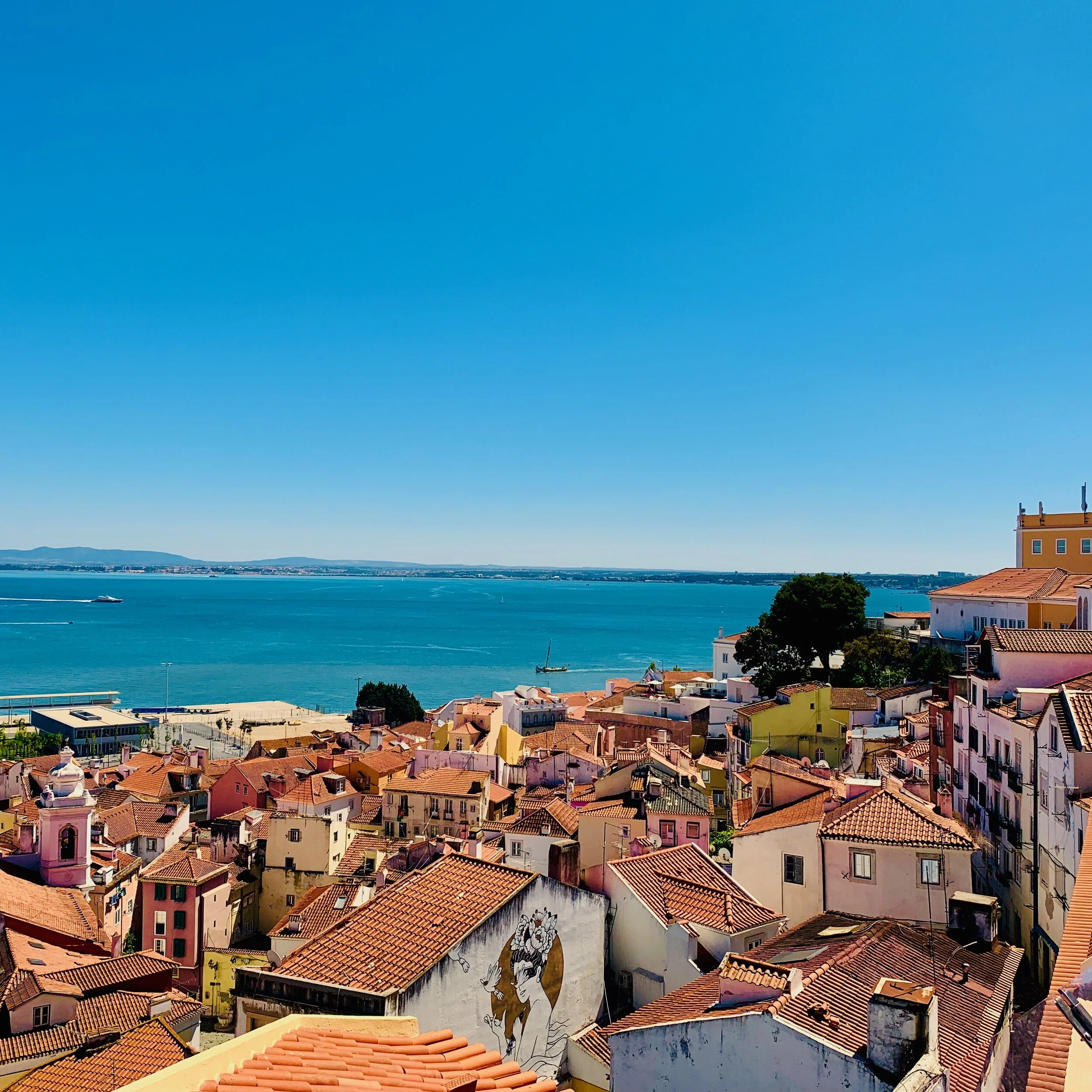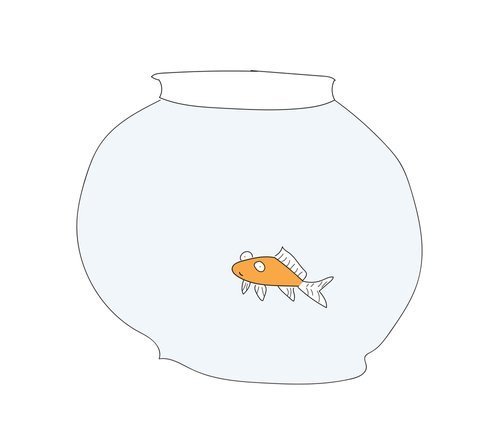The practical consequences of losing a country’s commitment to science
André Malraux was a French novelist whose most durable contribution was perhaps his decade as France’s minister of cultural affairs in the 1960s. Malraux was convinced of the importance of promoting French culture among the masses and, during his tenure in the ministry, made his hallmark the restoration of older national landmarks such as art galleries, museums, and older French villages that had fallen into disrepair. During a period of time marked by postwar reconstruction and enormous pulls on national resources, Malraux argued — successfully in the main — for the importance of culture at the heart of the very idea of France, a theme built on his writing, particularly “The Psychology of Art.” The result of this work is a country whose cultural heritage lies at the heart of its identity. And, that identity has enormous practical implications for the well-being of the country. France is by far the world’s most visited country, with nearly 100 million annual tourists, contributing about 10% to the country’s GDP. That culture is now unquestionably central to the country’s national ideal is validation of Malraux’s approach to lean into the country’s strength — in this case, its cultural heritage — and to use that very advantage to make the country better.
And this brings us to the current state in the U.S., where a core national idea as core to the country as culture is to France — the United States’ preeminence in research and innovation — is being threatened by challenges to funding by the current federal administration. And it brings us to the question of, what do we really stand to lose if we lose science as the heart of our idea of ourselves?
Read more here



